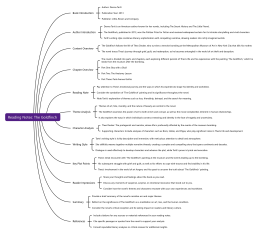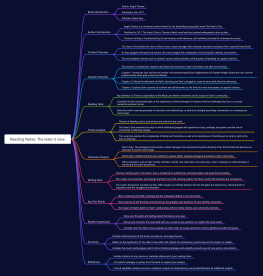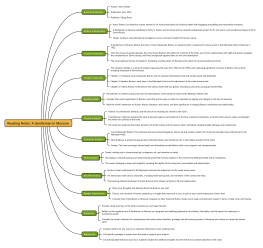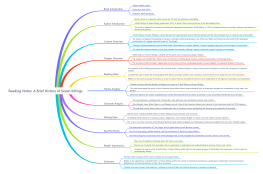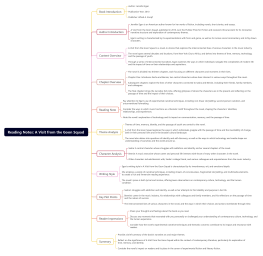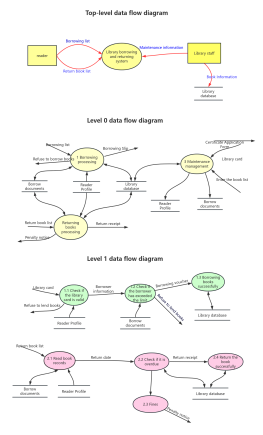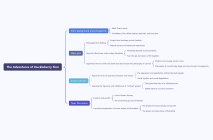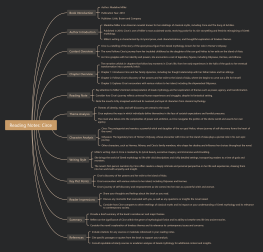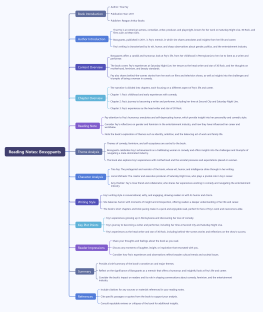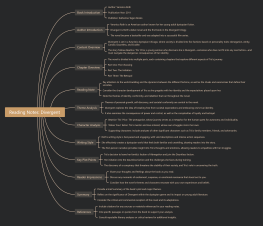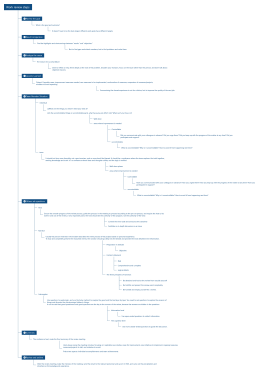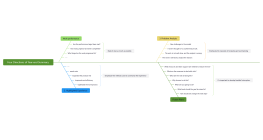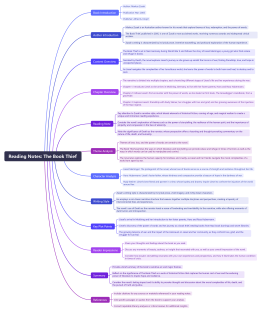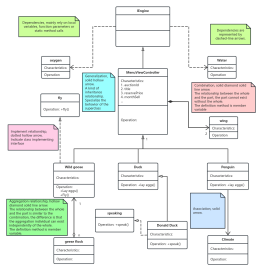Pachinko-Min Jin Lee: Book Summary
2024-07-19 15:46:00 0 Report
Login to view full content
Other creations by the author
Outline/Content
Book Introduction
Author: Min Jin Lee
Publication Year: 2017
Publisher: Grand Central Publishing
Author Introduction
Min Jin Lee is a Korean-American author known for her novels exploring the Korean immigrant experience.
Published in 2017, Pachinko is Lee's second novel and received widespread critical acclaim.
Lee's writing is characterized by its richly drawn characters, immersive storytelling, and exploration of themes such as identity, family, and belonging.
Content Overview
Pachinko is a multigenerational saga that follows the lives of a Korean family living in Japan.
The novel begins in the early 20th century and spans several decades, chronicling the family's experiences against the backdrop of historical events such as the Japanese occupation of Korea and World War II.
At the heart of the story is Sunja, a young woman who becomes pregnant out of wedlock and is forced to marry a wealthy stranger to avoid scandal.
Chapter Overview
The narrative is divided into chapters that shift between different points in time and perspectives.
Chapter 1: Introduces the reader to Sunja and her family, setting the stage for the unfolding saga of love, sacrifice, and resilience.
Chapter 2: Explores Sunja's childhood and adolescence, highlighting the challenges she faces as a Korean immigrant living in Japan.
Chapter 3: Follows Sunja as she navigates her unexpected pregnancy and marriage to a wealthy businessman, setting the course for her family's future.
Reading Note
Pay attention to Lee's vivid descriptions and nuanced characterizations, which bring the world of Pachinko to life.
Consider the novel's exploration of themes such as identity, belonging, and the immigrant experience.
Note the ways in which historical events shape the lives of the characters and their relationships with each other and the world around them.
Theme Analysis
Themes of family, love, and resilience are central to the novel.
Pachinko explores the ways in which individuals and communities navigate the complexities of identity and belonging in the face of discrimination and adversity.
The novel also delves into the impact of historical events on personal lives, highlighting the resilience of the human spirit in the face of oppression and injustice.
Character Analysis
Sunja: The protagonist of the novel, Sunja is a resilient and determined young woman who overcomes numerous challenges throughout her life.
Baek Isak: Sunja's husband, who sacrifices much for his family and dreams of a better future for his children.
Noa and Mozasu: Sunja's sons, whose lives are shaped by their experiences as Korean immigrants in Japan.
Writing Style
Lee's writing style in Pachinko is marked by its lyrical prose, richly detailed settings, and emotionally resonant storytelling.
She seamlessly weaves together multiple storylines and perspectives, creating a tapestry of interconnected narratives that span generations.
The novel's structure is nonlinear, with flashbacks and shifts in perspective that offer insights into the characters' motivations and experiences.
Key Plot Points
Sunja's unexpected pregnancy and marriage to a wealthy businessman, which sets the course for her family's future.
The family's struggles as Korean immigrants living in Japan, including discrimination and prejudice.
The impact of historical events such as the Japanese occupation of Korea and World War II on the characters' lives and relationships.
Reader Impressions
Share your thoughts and feelings about the book as you read.
Discuss any moments that resonated with you personally or challenged your understanding of identity and belonging.
Consider how the novel's themes and characters reflect your own experiences and beliefs.
Summary
Provide a brief summary of the book's narrative arc and major themes.
Reflect on the significance of Pachinko within the context of contemporary discussions about immigration, identity, and belonging.
Consider the book's impact on readers and its role in sparking conversations about the immigrant experience and the human capacity for resilience.
References
Include citations for any sources or materials referenced in your reading notes.
Cite specific passages or quotes from the book to support your analysis.
Consult reputable literary analyses or critical reviews for additional insights.

0 Comments
Next page
Recommended for you
More
